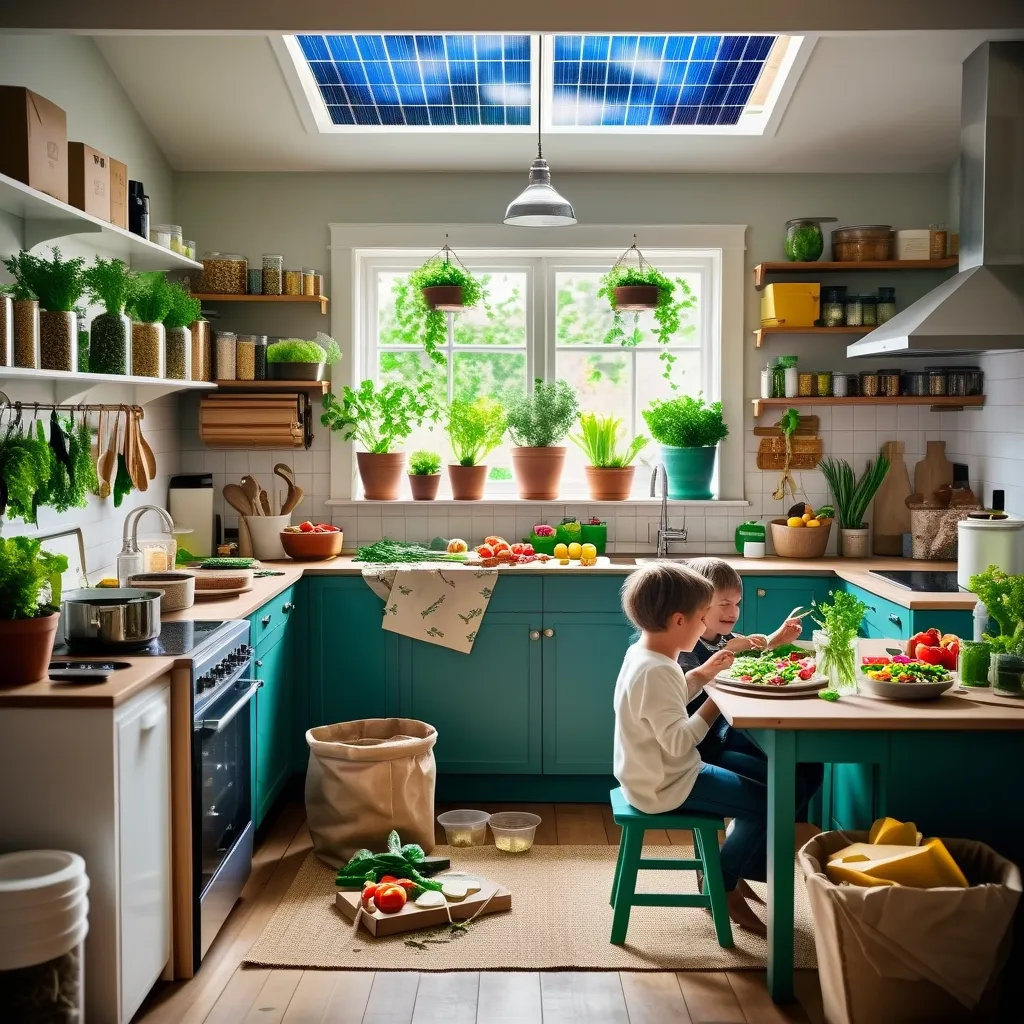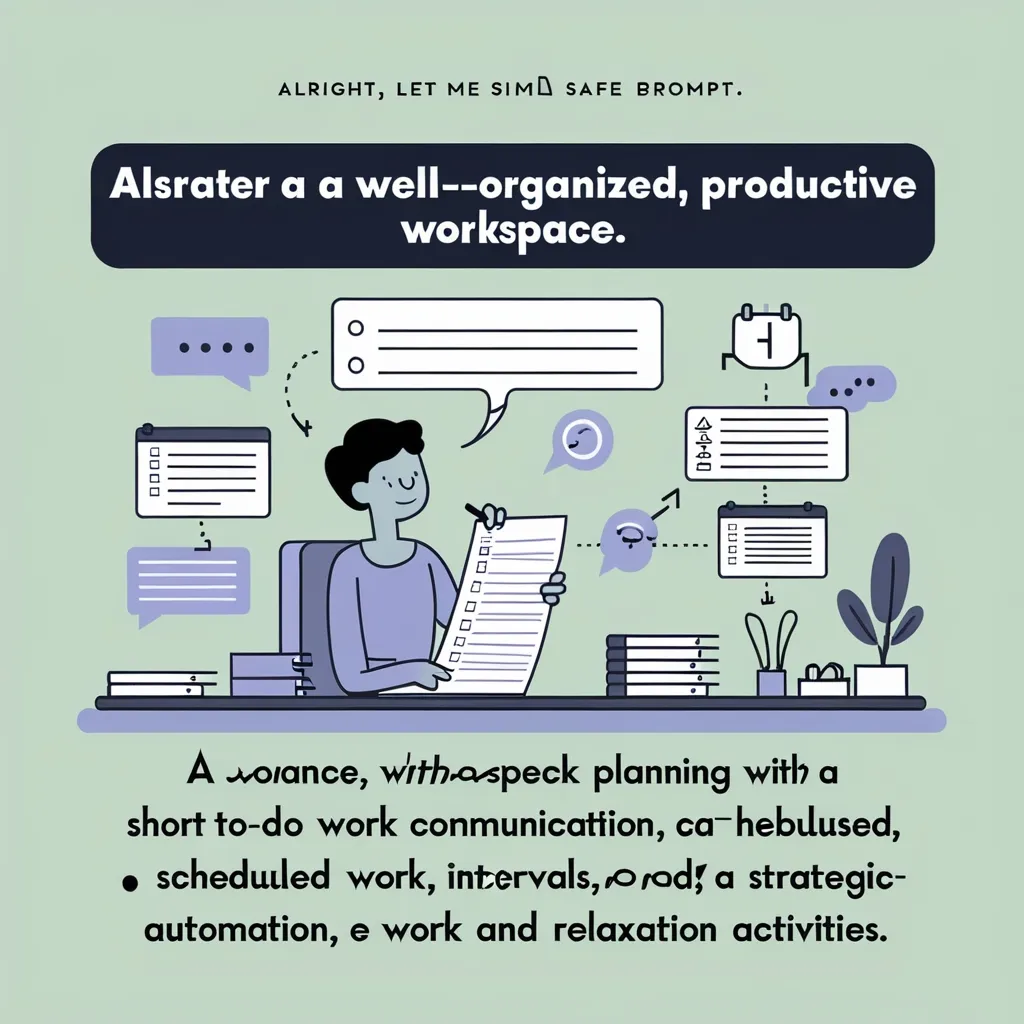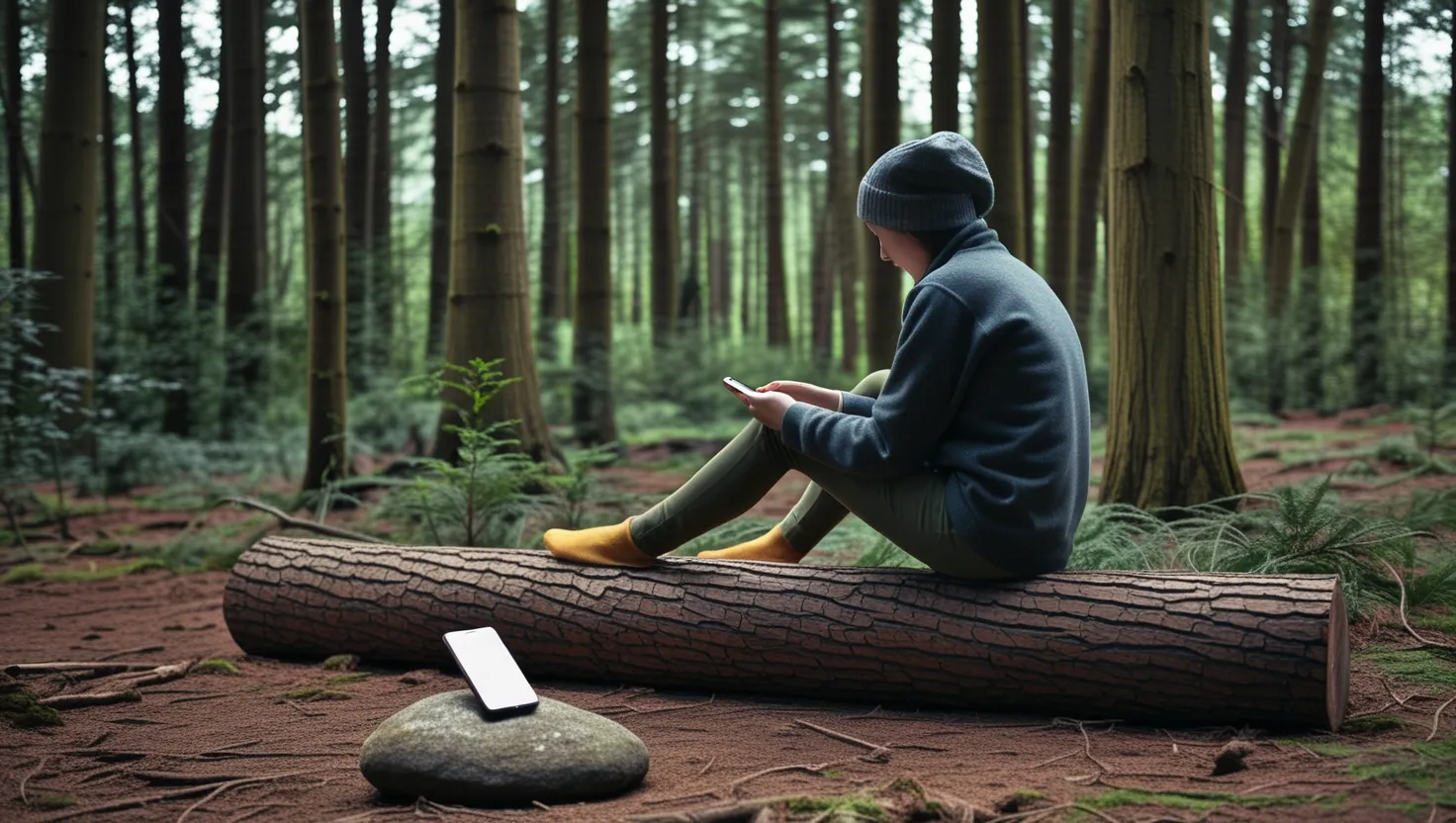Creating a zero-waste kitchen is like embarking on a rewarding adventure, filled with mindful decisions, clever shopping habits, and imaginative cooking. It’s all about making those little choices that benefit not just our world, but also our own lives. Ready to turn your kitchen into a sustainable paradise? Let’s dive in.
First thing’s first, meal planning is key here. Picture this: you sit down on a lazy Sunday afternoon with a cup of coffee and plan out your meals for the week. By doing this, you dodge those unnecessary spur-of-the-moment buys and make sure every item in your fridge and pantry has a purpose. Think about it, if Tuesday’s stir-fry leaves some veggie bits, Wednesday’s soup can gobble them right up. It’s like a win-win for your wallet and the planet. Plus, the smug satisfaction of having your meals sorted out is unbeatable.
When it comes to shopping, think “bulk” and “minimal packaging.” Lots of grocery stores have those cool bulk bins filled with grains, nuts, and other goodies. Grab your jars or reusable bags and go to town! Less packaging means less waste. And trust me, it’s a game-changer. It might take a hot minute to switch gears, but once you’re in the groove, hitting up stores that prioritize eco-friendly products becomes second nature.
Growing your own food is another stellar idea. Whether you’ve got a backyard garden or just a windowsill, nurturing your own herbs and veggies is like a little love note to the Earth. Fresh basil snipped from your window can elevate your pasta game instantly. Urban dwellers, don’t fret! Vertical gardens and indoor set-ups work wonders too. Bonus points for reducing those pesky transportation emissions.
Kitchen scraps are gold in a zero-waste kitchen. Veggie peels for making broth? Fruit cores for a jam? The possibilities are endless. Composting is also fantastic. Think eggshells, coffee grounds, and those fruit peels—all can be turned into nutrient-rich soil. Living in tight quarters? No problem. Compact options like worm composting or bokashi bins do the trick.
Being mindful about how much we cook and consume can have a massive impact. Serve only what you need and get creative with leftovers. That roast chicken from last night could totally be the star of today’s chicken salad. Properly storing leftovers ensures nothing goes to waste, turning you into a bonafide kitchen wizard.
Another essential step is ditching single-use packaging. Buy in bulk, bring your totes and containers, and support local farmers’ markets. Swap those plastic containers for sleek glass or stainless steel alternatives. Beeswax wraps are a chic and reusable substitute for plastic wrap, keeping your food fresh while adding an eco-friendly touch to your kitchen.
Water conservation is a biggie too. Switch to water-saving fixtures like metering or touchless faucets. These high-tech gadgets can save thousands of gallons a year! Imagine all that goodness for the planet.
And who says sharing isn’t caring? If you find yourself with surplus food, consider donating it. Local charities can benefit from your extras and so can people in your community. Join Buy Nothing groups or swap meets, and exchange what you don’t need for something you do. It’s all about creating a connected and supportive neighborhood.
Let’s talk about the five Rs. Refuse unnecessary items, reduce what you use, reuse creatively, recycle properly, and rot (compost) organic waste. These guidelines are like the holy grail of zero-waste living. Refuse single-use plastics, reduce your consumption, reuse jars and containers, recycle responsibly, and make composting a habit.
Creating seasonal menus can also help. Fresh, local produce often has a longer shelf life, tastes better, and minimizes waste. Plus, it supports local farmers, which is always cool. Audit your kitchen practices to see where waste happens most and tweak your routines accordingly.
Freezing surplus ingredients is another clever move. If you’ve got more herbs or veggies than you can use, freeze ‘em! They stay fresh for future meals, ensuring nothing goes to waste. It’s perfect for those moments when you realize a recipe called for fresh parsley and you have just the right amount in the freezer.
Engagement is powerful. Share your journey with friends and family. Swap tips, recipes, and resources online or at community events. By spreading the zero-waste love, you’ll build stronger connections and inspire others to join the cause. After all, it’s a collective effort to make a substantial impact.
Transforming your kitchen into a zero-waste haven is a blend of planning, creativity, and a pinch of resourcefulness. Sustainable cooking, minimizing waste, and making eco-friendly choices can significantly cut down your kitchen’s environmental footprint. Every small change in our kitchens contributes to a larger goal of creating a sustainable food system while benefiting our planet.
So, start with a few simple steps and watch your kitchen evolve into a green sanctuary. It’s a journey worth taking—for you and for our beautiful Earth.






